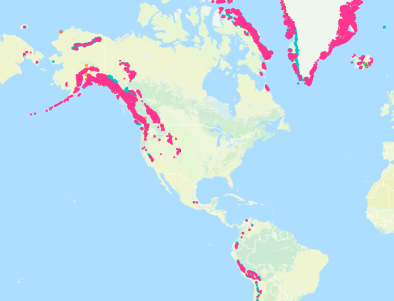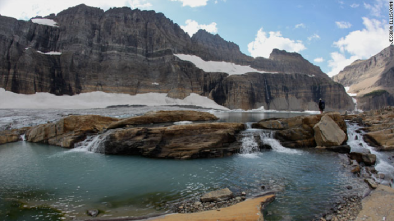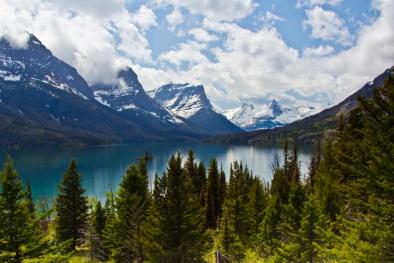Science Source
Climate change is advancing spring onset across the U.S. national park system
- States that many US national parks are already at the extreme warm end of their historical temperature distributions. Seasonal changes in vegetation, such as pollen, seed, and fruit production, are important drivers of ecological processes in parks
- States that phenology (the study of seasonal plant and animal life cycles) has been identified as a key indicator for park monitoring and is also one of the clearest biological responses to climate change
- Evaluates the recent timing of spring onset (past 10–30 yr) in each US natural resource park relative to its historical range of variability across the past 112 yr[s] (1901–2012)
- Finds that spring is advancing in approximately three-quarters of parks (76%), and 53% of parks are experiencing “extreme” early springs that exceed 95% of historical conditions
- Finds, consistent with previous studies, that two US regions—the Southeast US, and the Northern US Rocky Mountains—do not display "early spring" markers
- Projections suggest that all regions containing [national] parks will experience advances in the timing of spring onset by mid-century
- Results demonstrate how changes in climate seasonality are important for understanding ecological responses to climate change
- Discusses how results inform climate change adaptation challenges and opportunities facing [national] parks, with implications for other protected areas
Related Content
Real Time Data

Nov 22, 2016 | National Snow and Ice Data Center
Global Land Ice Measurements from Space (GLIMS)
Headline

Nov 22, 2016 | CNN
Montana's melting glaciers: The poster-child for climate change
Headline

Nov 22, 2016 | Mother Jones
7 More National Parks Threatened by Fire
Science Source
| Climatic Change
Changes in snowmelt runoff timing in Western North America under a 'business as usual' climate change scenario
Iris Stewart, Daniel Cayan, and Michael Dettinger


